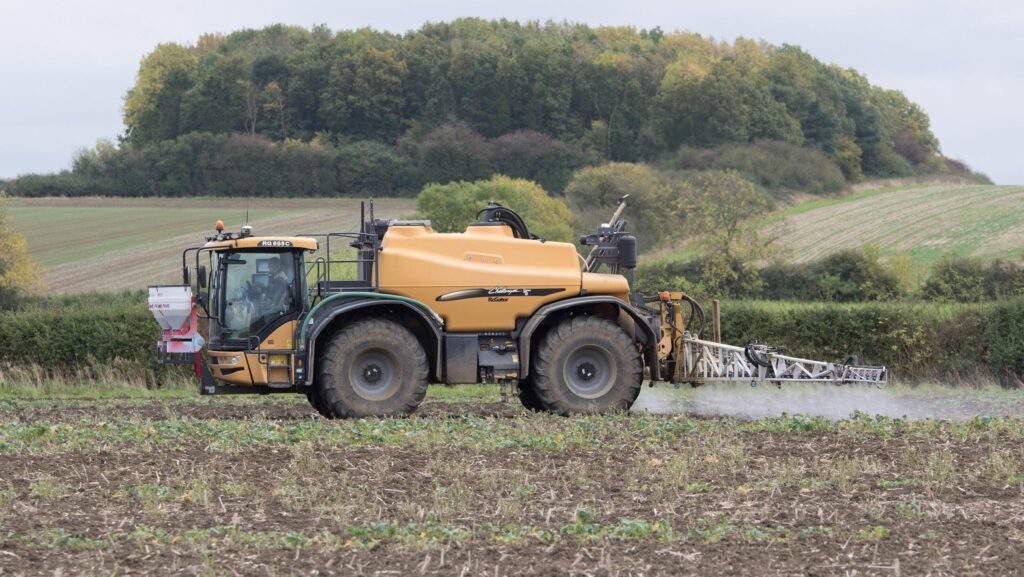Why avoiding glyphosate on stressed weeds is advisable
 © Tim Scrivener
© Tim Scrivener Farmers preparing to tidy up stubbles with glyphosate this spring are reminded to avoid applications to stressed weeds, which can otherwise reduce glyphosate efficacy.
Applications to stressed weeds – particularly those sat in waterlogged soils – at this time of year can restrict the translocation of glyphosate throughout the plant.
With prolonged bad weather causing difficulties last spring and the reported glyphosate resistance case in Italian ryegrass, Bayer agronomist Roger Bradbury underlines the importance of correct spray application and stewardship.
See also: First case of glyphosate resistance confirmed on UK farm
“Effective weed control from glyphosate depends on suitable application conditions.
“Last spring stretched the limits, reminding us glyphosate is not infallible.
Several factors combined to affect performance, and Roger warns that these are things to watch out for this spring.
Spray rate
First, Roger recommends using a sufficient spray rate that reflects the hardest-to-kill weed in the spectrum and those at more advanced growth stages.
“If there is a delay between spray recommendation and application, double-check weed size and consider a higher rate if weeds have grown,” he says.
Spray windows and setup
Spray windows were few and far between last spring, meaning some farmers made applications in marginal conditions or at speeds well in excess of 12km/hour to cover the ground.
Spray operators should pay attention to nozzle choice, boom height and calibration.
If a water conditioner is deemed necessary, make sure this is added to the spray tank first.
“Should the weather become more challenging, keep in mind that modern Roundup formulations are faster-drying and deliver more reliable and consistent levels of efficacy even under more difficult conditions.”
Avoid regrowth
In later spring, be aware that weeds at the stem extension phase of growth are often difficult to control.
The glyphosate is carried upward controlling the shoot, but is not translocated sufficiently to the roots so there may be regrowth.
“Allowing plants that regrow to set seed is a resistance risk.
“The danger was underlined by the resistance announcement earlier this year.
“Ideally, avoid regrowth situations by not applying at stem extension.
“But, if you notice regrowth, destroy the plants, preferably with a mechanical or chemical alternative to glyphosate,” says Roger.
Be vigilant towards Italian ryegrass and glyphosate resistance
Bayer agronomist Roger Bradbury recommends farmers with Italian ryegrass populations be particularly vigilant when it comes to glyphosate application.
Research in the UK and experience around the world suggests that ryegrass species are higher risk with regards to glyphosate resistance.
“Stick rigorously to best practice for application and closely monitor performance in the field,” he says.

